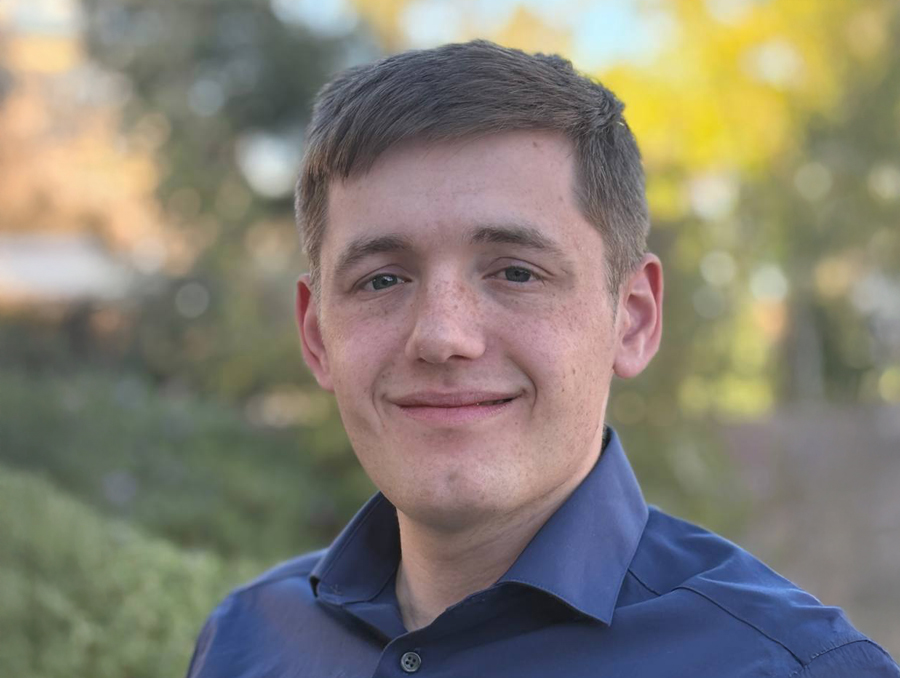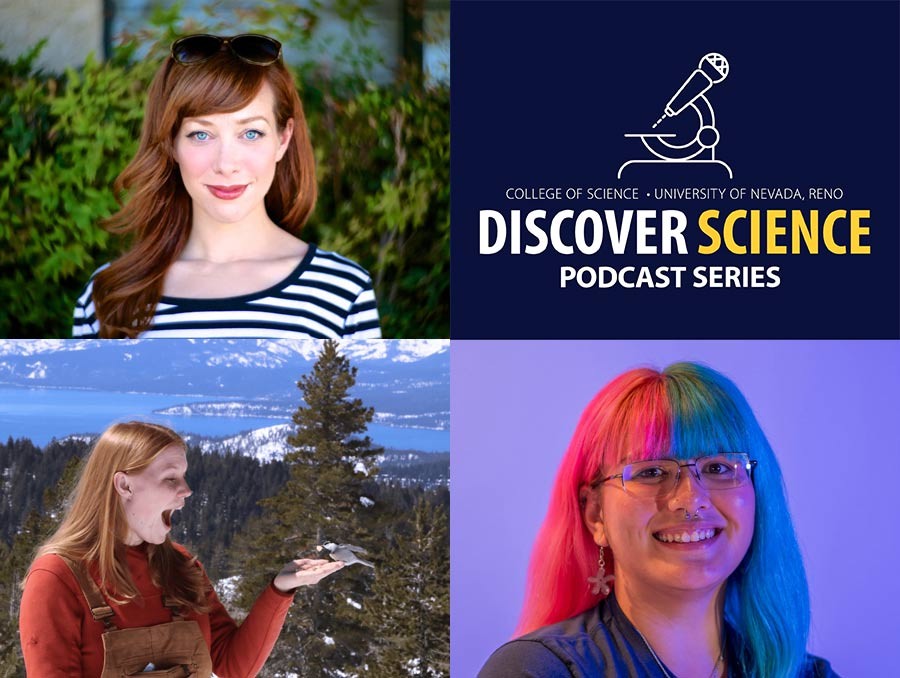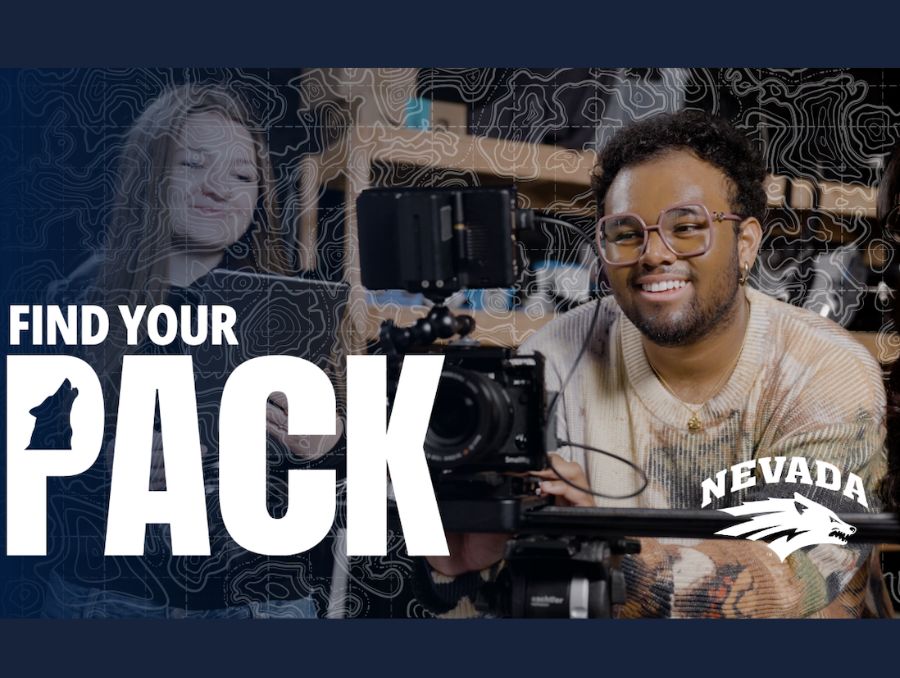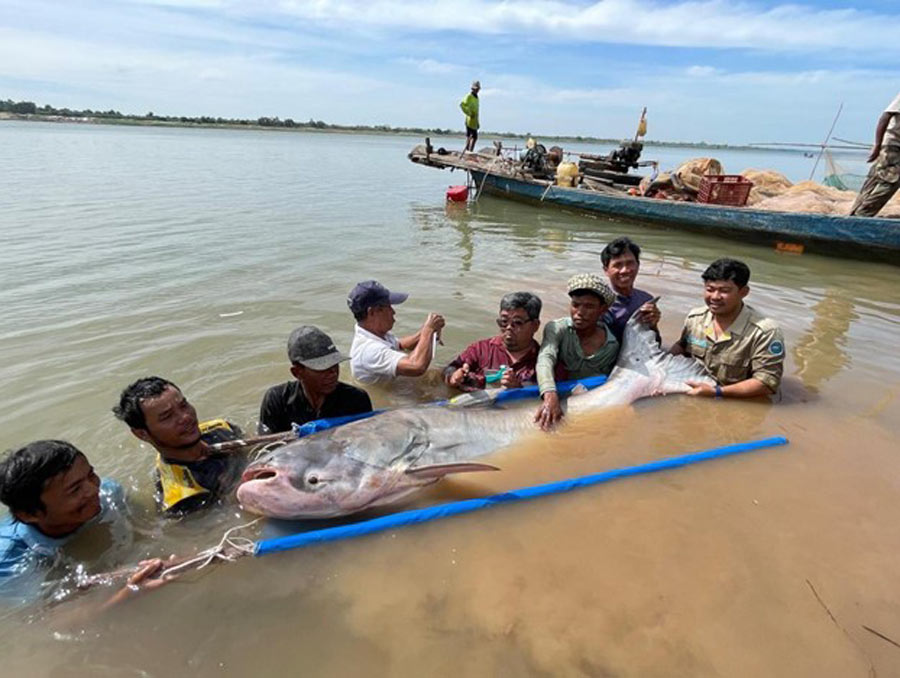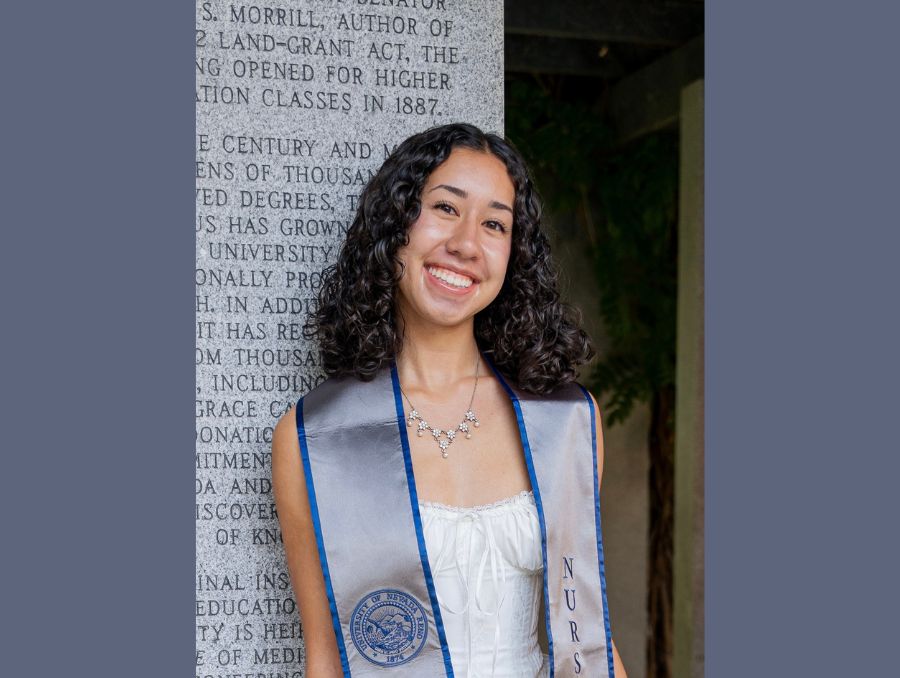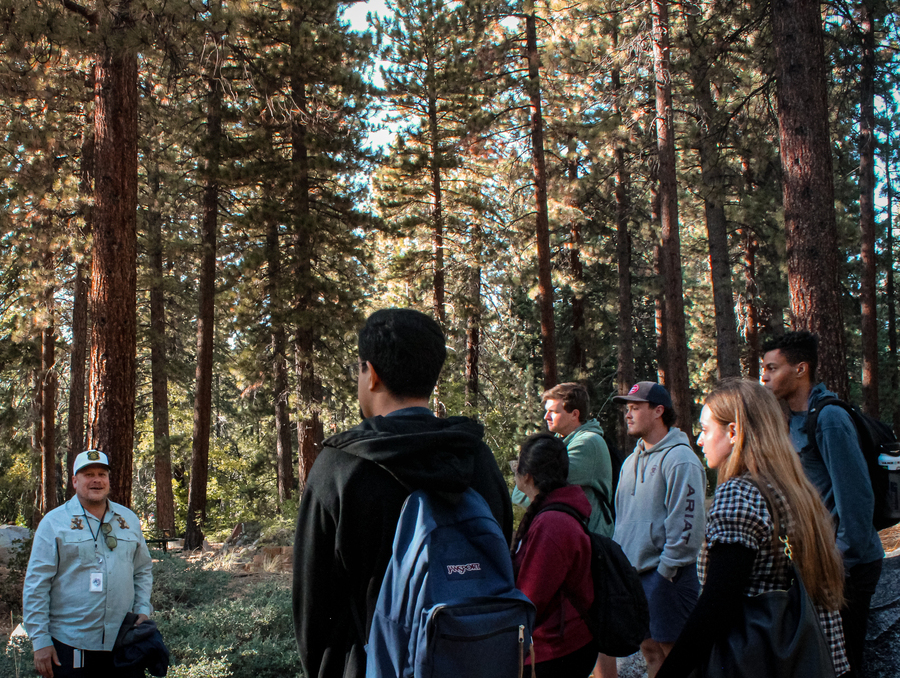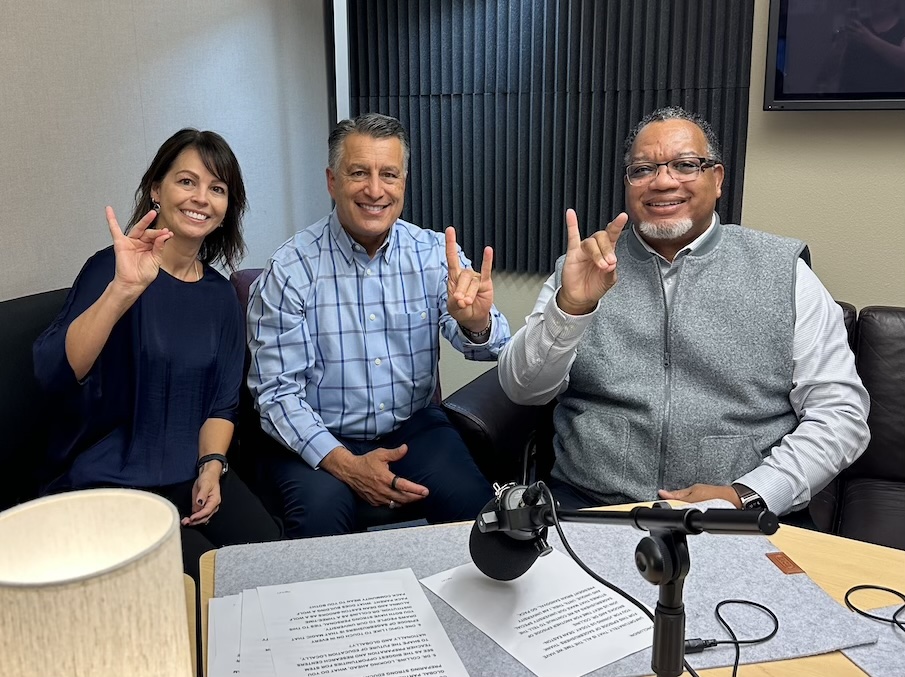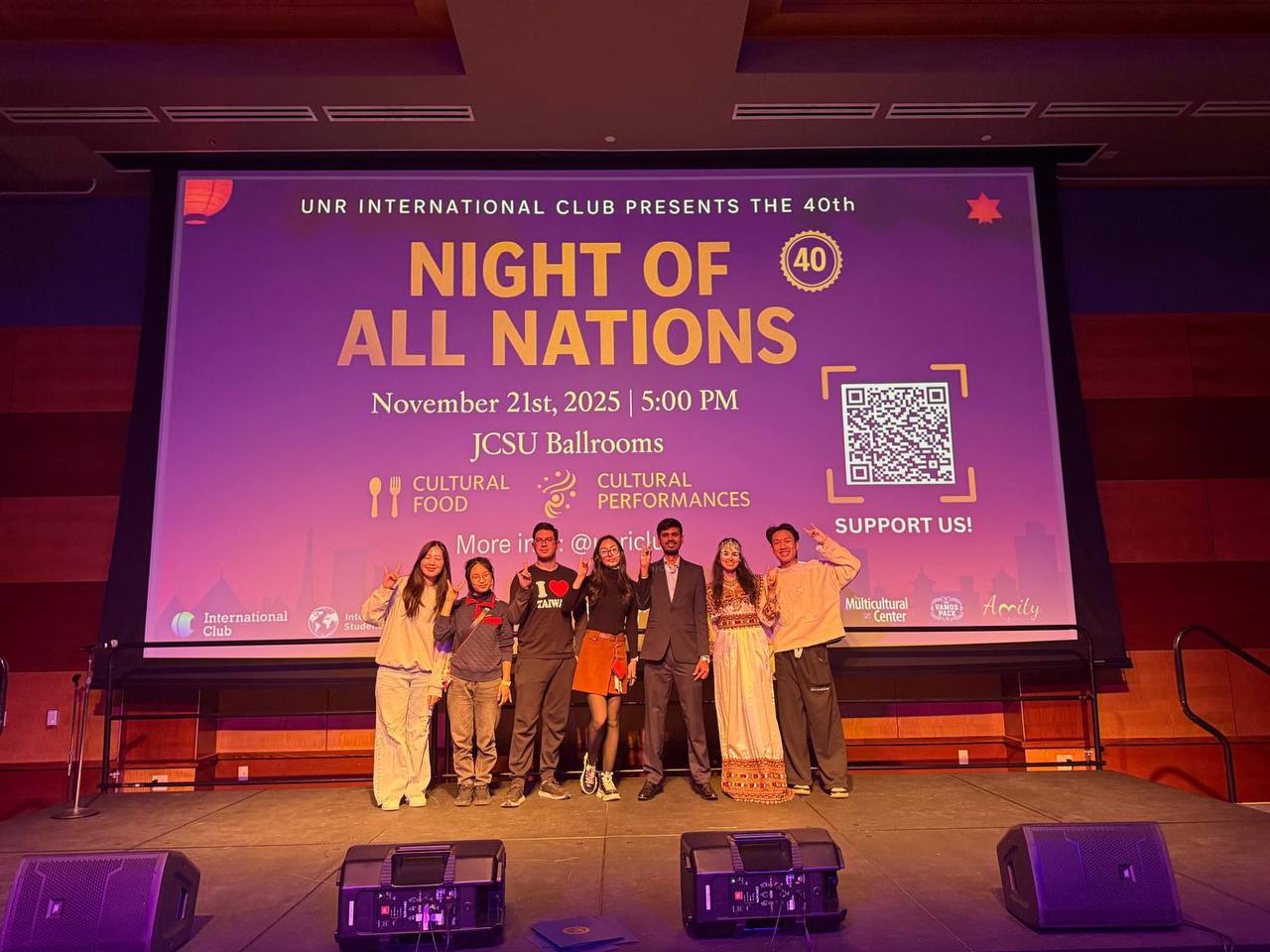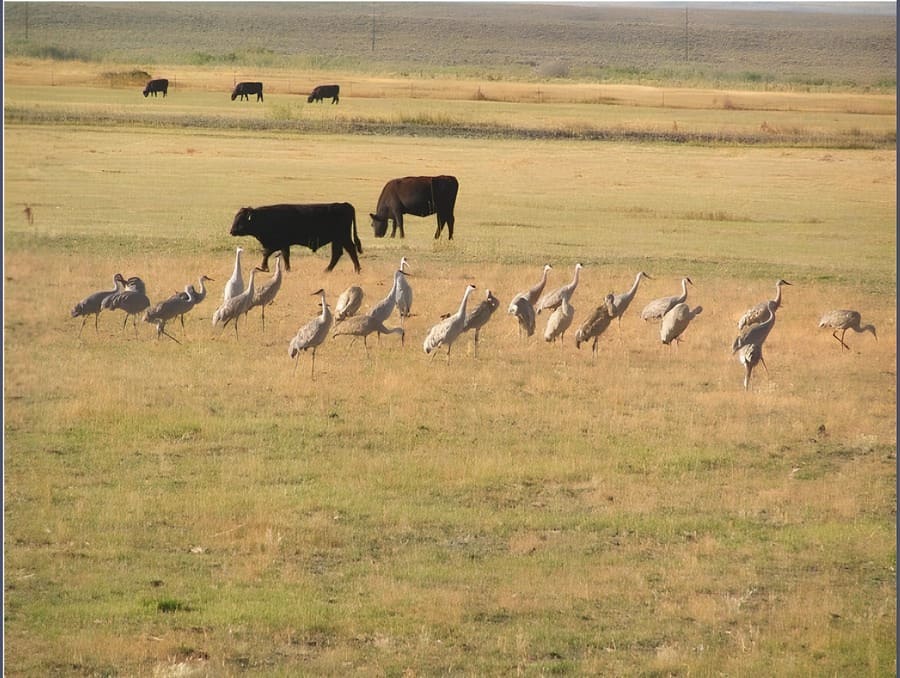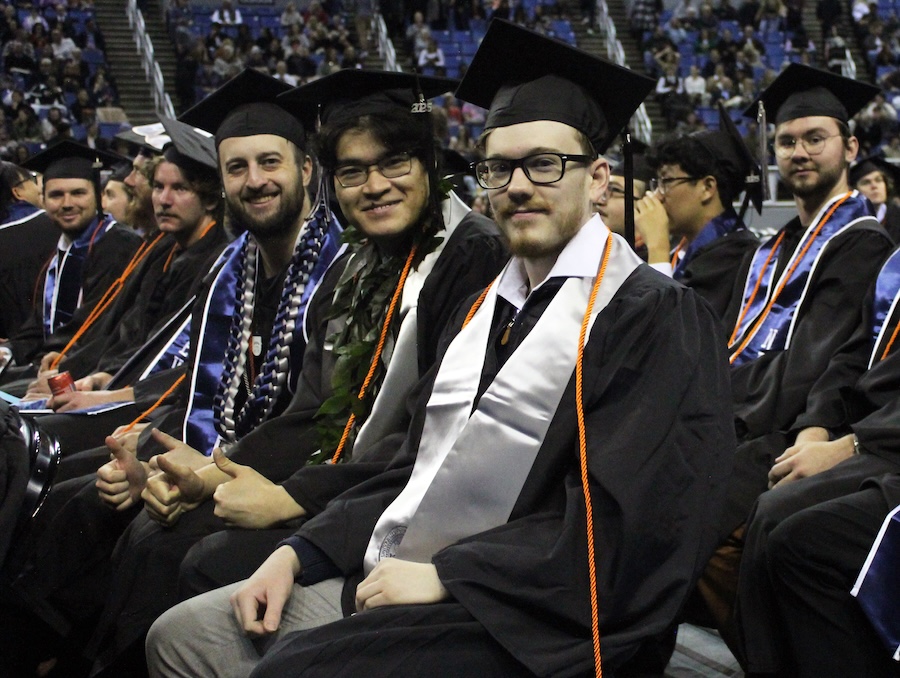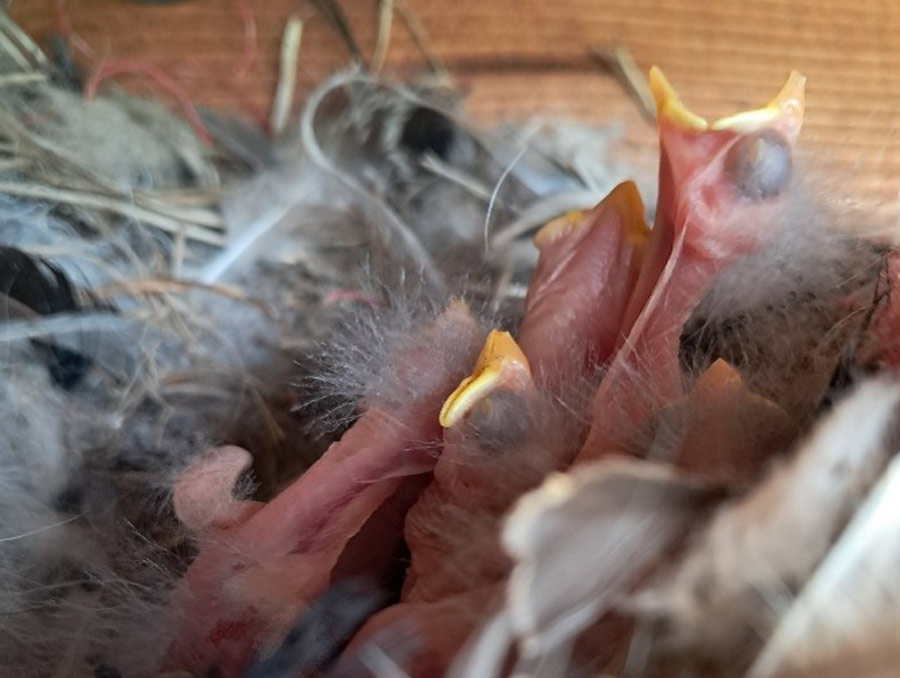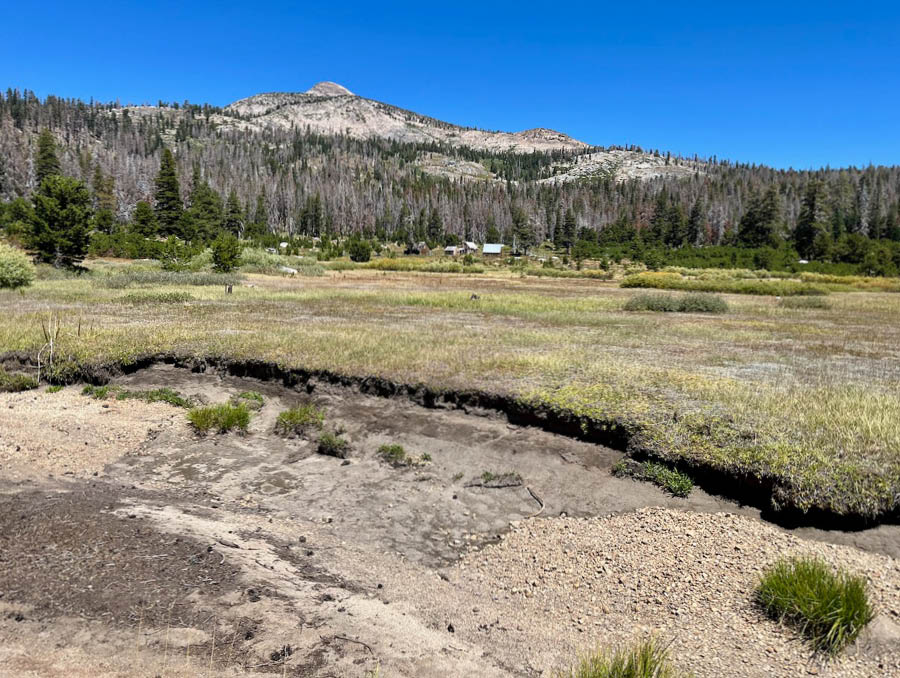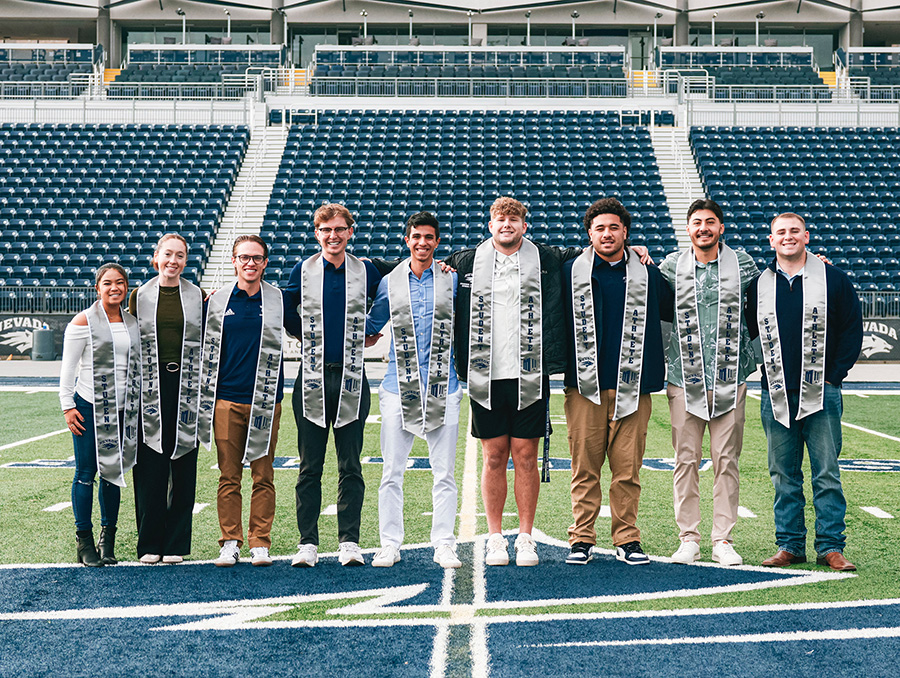As an award-winning photojournalist whose work is frequently featured in the New York Times, NPR and the Wall Street Journal, Reynolds School of Journalism Lecturer of Media Production Alejandra Rubio has always been interested in photography and mixed media.
But it’s Rubio’s upbringing in Camp Verde, a rural river valley in northern Arizona, as a member of the Yavapai-Apache Nation that has inspired her to share her work with her community, and in turn, uplifting their stories and voices.
This summer, Rubio traveled home to Camp Verde to lead a first-of-its-kind journalism workshop on the reservation, entitled “Elevating Native American Voices in Journalism and Media.” Over the course of the week, participants learned about the powerful history of Native Americans in media, developed their own stories about issues affecting their community, and received hands-on guidance from Rubio and Richard Bednarski, the Reynolds School’s technology manager.
During the workshop, Rubio presented a lecture about the history of Native American photographers and journalists, highlighting people like Benjamin Haldane, a member of the Tsimshian tribe, who was the first Native American to open a portrait studio in 1899. Rubio also explored this history of Native newspapers, like the Cherokee Phoenix, published for the first time in English and Cherokee in 1828.
“I wanted to share this history with other Native Americans and tribes and hopefully get more Native American voices in newspapers, and more reporters and journalists and photographers,” said Rubio. “I just wanted to encourage more people to get into that line of work and bring back our newspaper.”
Currently, the Yavapai-Apache Nation’s newspaper is not running, but Rubio hopes workshops like hers will help inspire more members to get involved with local news.
“Hopefully I can take [the workshop] to other tribes throughout the United States and recruit students to our school and get more Native journalists and photographers out there in the media,” said Rubio. “That way we can actually preserve our own cultural history.”
While Rubio and the students worked on their stories, Bednarski documented the whole experience and has produced a short documentary, “Elevate Native Voices,” to help show how the workshop could be beneficial in other communities.
“As the first of many workshops like this that the Reynolds School will host, I wanted to document the experience,” Bednarski said. “It’s going to be a great tool to showcase the importance of Indigenous storytelling.”
Rubio hopes to bring this workshop to Native American communities in Northern Nevada and across the country.
